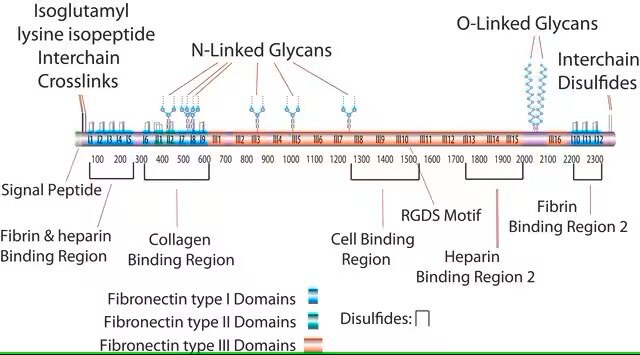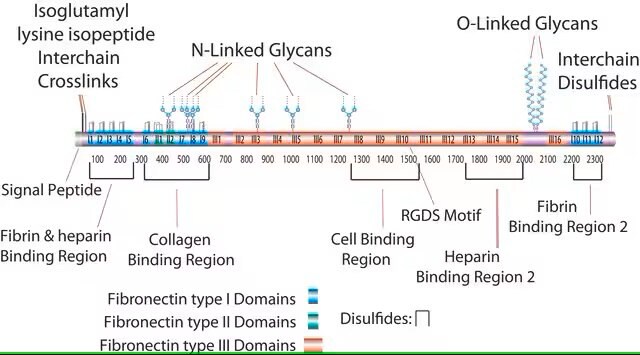F0287
Fibronectina
lyophilized powder, 70 kDa
Sinônimo(s):
Fibronectin
About This Item
Produtos recomendados
fonte biológica
human plasma
Nível de qualidade
Ensaio
>90% (SDS-PAGE)
forma
lyophilized powder
peso molecular
70 kDa
embalagem
pkg of 0.5 mg
técnica(s)
cell culture | mammalian: suitable
Impurezas
HIV and HBsAg, source material tested negative
Small proteolytic fragments, may contain traces
solubilidade
water: soluble ≥0.500 mg/mL, clear to slightly hazy, colorless
nº de adesão UniProt
Condições de expedição
ambient
temperatura de armazenamento
−20°C
Informações sobre genes
human ... FN1(2335)
Procurando produtos similares? Visita Guia de comparação de produtos
Descrição geral
Aplicação
Ações bioquímicas/fisiológicas
Atenção
Nota de preparo
Palavra indicadora
Warning
Frases de perigo
Declarações de precaução
Classificações de perigo
Eye Irrit. 2 - Skin Irrit. 2 - STOT SE 3
Órgãos-alvo
Respiratory system
Código de classe de armazenamento
11 - Combustible Solids
Classe de risco de água (WGK)
WGK 3
Ponto de fulgor (°F)
Not applicable
Ponto de fulgor (°C)
Not applicable
Certificados de análise (COA)
Busque Certificados de análise (COA) digitando o Número do Lote do produto. Os números de lote e remessa podem ser encontrados no rótulo de um produto após a palavra “Lot” ou “Batch”.
Já possui este produto?
Encontre a documentação dos produtos que você adquiriu recentemente na biblioteca de documentos.
Os clientes também visualizaram
Artigos
Extracellular matrix proteins such as laminin, collagen, and fibronectin can be used as cell attachment substrates in cell culture.
Protocolos
Dilute fibronectin to the desired concentration. Optimum conditions for attachment are dependent on cell type and application. The typical coating concentration is 1 – 5 ug/cm2.Fibronectin coating protocol, products, and FAQs at sigmaaldrich.com
Dilute fibronectin to the desired concentration. Optimum conditions for attachment are dependent on cell type and application. The typical coating concentration is 1 – 5 ug/cm2.Fibronectin coating protocol, products, and FAQs.
Nossa equipe de cientistas tem experiência em todas as áreas de pesquisa, incluindo Life Sciences, ciência de materiais, síntese química, cromatografia, química analítica e muitas outras.
Entre em contato com a assistência técnica






